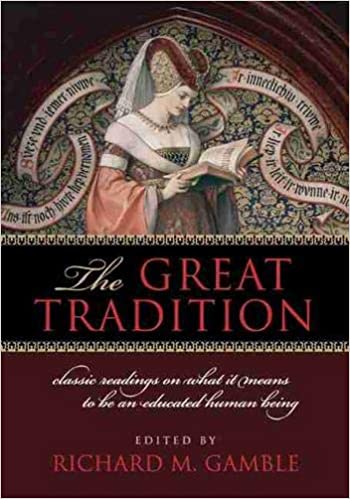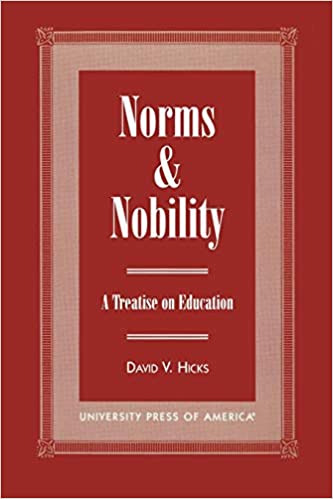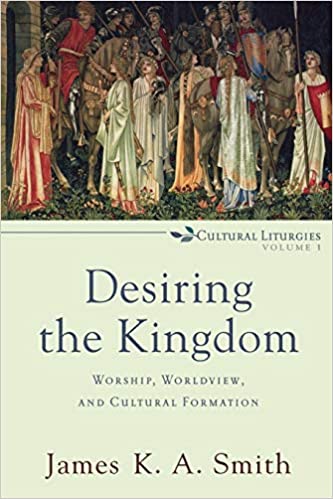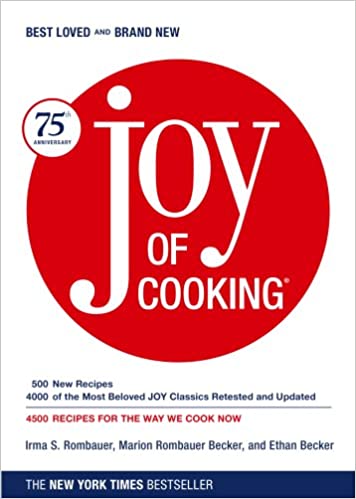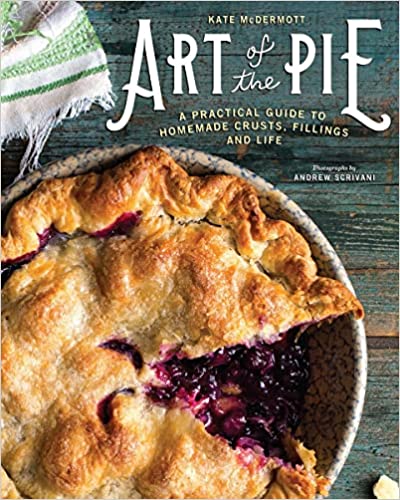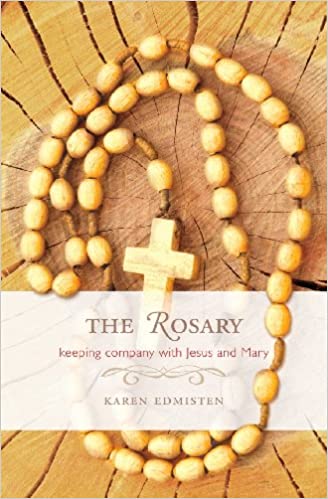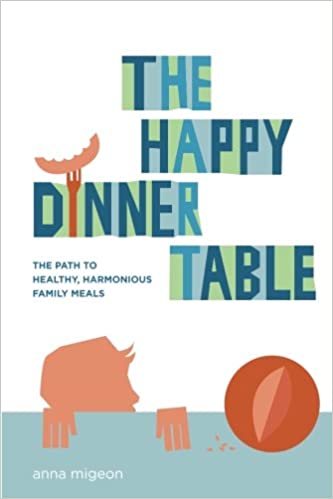The Great Tradition: Classic Readings on What It Means to Be an Educated Human Being
Frustrated with the continuing educational crisis of our time, concerned parents, teachers, and students sense that true reform requires more than innovative classroom technology, standardized tests, or skills training. An older tradition—the Great Tradition—of education in the West is waiting to be heard. Since antiquity, the Great Tradition has defined education first and foremost as the hard work of rightly ordering the human soul, helping it to love what it ought to love, and helping it to know itself and its maker. In the classical and Christian tradition, the formation of the soul in wisdom, virtue, and eloquence took precedence over all else, including instrumental training aimed at the inculcation of "useful" knowledge.
Edited by historian Richard Gamble, this anthology reconstructs a centuries-long conversation about the goals, conditions, and ultimate value of true education. Spanning more than two millennia, from the ancient Greeks to contemporary writers, it includes substantial excerpts from more than sixty seminal writings on education. Represented here are the wisdom and insight of such figures as Xenophon, Plato, Aristotle, Seneca, Cicero, Basil, Augustine, Hugh of St. Victor, Bonaventure, Thomas Aquinas, Martin Luther, John Calvin, Erasmus, Edmund Burke, John Henry Newman, Thomas Arnold, Albert Jay Nock, Dorothy Sayers, C. S. Lewis, and Eric Voegelin.
More info →Norms and Nobility: A Treatise on Education
A reissue of a classic text, Norms and Nobility is a provocative reappraisal of classical education that offers a workable program for contemporary school reform. David Hicks contends that the classical tradition promotes a spirit of inquiry that is concerned with the development of style and conscience, which makes it an effective and meaningful form of education. Dismissing notions that classical education is elitist and irrelevant, Hicks argues that the classical tradition can meet the needs of our increasingly technological society as well as serve as a feasible model for mass education.
More info →Desiring the Kingdom: Worship, Worldview, and Cultural Formation (Cultural Liturgies)
Malls, stadiums, and universities are actually liturgical structures that influence and shape our thoughts and affections. Humans-as Augustine noted-are "desiring agents," full of longings and passions; in brief, we are what we love. James K. A. Smith focuses on the themes of liturgy and desire in Desiring the Kingdom, the first book in what will be a three-volume set on the theology of culture. He redirects our yearnings to focus on the greatest good: God. Ultimately, Smith seeks to re-vision education through the process and practice of worship. Students of philosophy, theology, worldview, and culture will welcome Desiring the Kingdom, as will those involved in ministry and other interested readers.
More info →Consider This: Charlotte Mason and the Classical Tradition
The educators of ancient Greece and Rome gave the world a vision of what education should be. The medieval and Renaissance teachers valued their insights and lofty goals. Christian educators such as Augustine, Erasmus, Milton, and Comenius drew from the teaching of Plato, Aristotle, and Quintilian those truths which they found universal and potent. Charlotte Mason developed her own philosophy of education from the riches of the past, not accidentally but purposefully. She and the other founding members of the Parents’ National Educational Union in England were inspired by the classical educators of history and set out to achieve their vision in modern education. They succeeded—and thanks to Charlotte Mason’s clear development of methods to realize the classical ideals, we can partake of the classical tradition as well.
More info →Joy of Cooking
A St. Louis widow named Irma Rombauer took her life savings and self-published a book called The Joy of Cooking in 1931. Her daughter Marion tested recipes and made the illustrations, and they sold their mother-daughter project from Irma's apartment.
Today, nine revisions later, the Joy of Cooking—selected by The New York Public Library as one of the 150 most important and influential books of the twentieth century—has taught tens of millions of people to cook, helped feed and delight millions beyond that, answered countless kitchen and food questions, and averted many a cooking crisis.
Ethan Becker, Marion's son, led the latest version of JOY, still a family affair, into the twenty-first century with the seventy-fifth anniversary edition that draws upon the best of the past while keeping its eye on the way we cook now. It features a rediscovery of the witty, clear voices of Marion Becker and Irma Rombauer, whose first instructions to the cook were “stand facing the stove.” Recently, Ethan’s son, John Becker, and John’s wife, Megan Scott, joined the JOY team, where they oversee the brand’s website (TheJoyKitchen.com) and all social media for JOY. They spearheaded the creation of the bestselling Joy of Cooking app, available for iPhone and iPad.
JOY remains the greatest teaching cookbook ever written. Reference material gives cooks the precise information they need for success. New illustrations focus on techniques, including everything from knife skills to splitting cake layers, setting a table, and making tamales.
The 75th Anniversary edition also brings back the encyclopedic chapter Know Your Ingredients. The chapter that novices and pros alike have consulted for over thirty years has been revised, expanded, and banded, making it a book within a book. Cooking Methods shows cooks how to braise, steam, roast, sauté, and deep-fry effortlessly, while an all-new Nutrition chapter has the latest thinking on healthy eating—as well as a large dose of common sense.
This edition restores the personality of the book, reinstating popular elements such as the grab-bag Brunch, Lunch, and Supper chapter and chapters on frozen desserts, cocktails, beer and wine, canning, salting, smoking, jellies and preserves, pickles and relishes, and freezing foods. Fruit recipes bring these favorite ingredients into all courses of the meal, and there is a new grains chart. There are even recipes kids will enjoy making and eating, such as Chocolate Dipped Bananas, Dyed Easter Eggs, and the ever-popular Pizza.
In addition to hundreds of brand-new recipes, this JOY is filled with many recipes from all previous editions, retested and reinvented for today's tastes.
This is the JOY for how we live now. Knowing that most cooks are sometimes in a hurry to make a meal, the JOY now has many new dishes ready in thirty minutes or less. Slow cooker recipes have been added for the first time. This JOY shares how to save time without losing flavor by using quality convenience foods such as canned stocks and broths, beans, tomatoes, and soups, as well as a wide array of frozen ingredients. Cooking creatively with leftovers emphasizes ease and economy, and casseroles—those simple, satisfying, make-ahead, no-fuss dishes—abound. Especially important to busy households is a new section that teaches how to cook and freeze for a day and eat for a week, in an effort to eat more home-cooked meals, save money, and dine well.
As always, JOY grows with the times: The 75th Anniversary edition of JOY boasts an expanded Vegetables chapter, including instructions on how to cook vegetables in the microwave, and an expanded baking section, Irma's passion—always considered a stand-alone bible within the JOY.
This all-purpose anniversary edition of the Joy of Cooking offers endless choice for virtually every occasion, situation, and need, from a ten-minute stir-fry on a weekday night to Baby Back Ribs and Grilled Corn in the backyard, or a towering Chocolate Layer Cake with Chocolate Fudge Frosting and Homemade Vanilla Ice Cream. JOY will show you the delicious way just as it has done for countless cooks before you.
The span of culinary information is breathtaking and covers everything from boiling eggs (there are two schools of thought) to showstopping, celebratory dishes such as Beef Wellington, Roast Turkey and Bread Stuffing, and Crown Roast of Pork.
More info →Art of the Pie: A Practical Guide to Homemade Crusts, Fillings, and Life
Pie making should be simple and fun. Kate McDermott, who learned to make pie from her Iowa grandmother, has taught the time-honored craft of pie-making to thousands of people. In Art of the Pie she shares her secrets to great crusts (including gluten-free options) with instructions for making, rolling, and baking them, as well as detailed descriptions for ingredients, methods, and tricks for making fillings. Organized by type of fruit, style of pie, and sweet versus savory, recipes range from apple to banana rum caramel coconut, raspberry rhubarb to chicken potpie. Along with luscious photography, McDermott makes it very easy to become an accomplished pie maker. This is the only PIE cookbook you need.
More info →The Rosary: Keeping Company With Jesus and Mary
"An ancient and beautiful prayer, rich in layers, pregnant with possibilities, and abundantly overflowing with the means to draw us closer to Jesus.”—From Chapter One Whether you love the rosary or struggle to understand its appeal, Karen Edmisten will help you enter more fully into its mystery.
More info →The Happy Dinner Table: The Path to Healthy & Harmonious Family Meals
Discover the direct path from picky eating to greater enjoyment of family meals and a more harmonious home life. Transform your dinner table into a place of happy memories instead of a battlefield as you explore delightful ways to reverse picky eating and establish an atmosphere of mutual respect. This book includes personal stories, research studies and enlightening examples that will equip you to work with your children instead of against them.You’ll discover where to hold the line with your child and where to back off, where to focus your efforts for greatest impact and where taking it easy is critical. You’ll find here practical, proven tactics to engage a child’s will without resorting to rewards or punishment. This book empowers parents to guide their children toward a sincere appreciation of what’s good for them, at the table and beyond.
More info →
